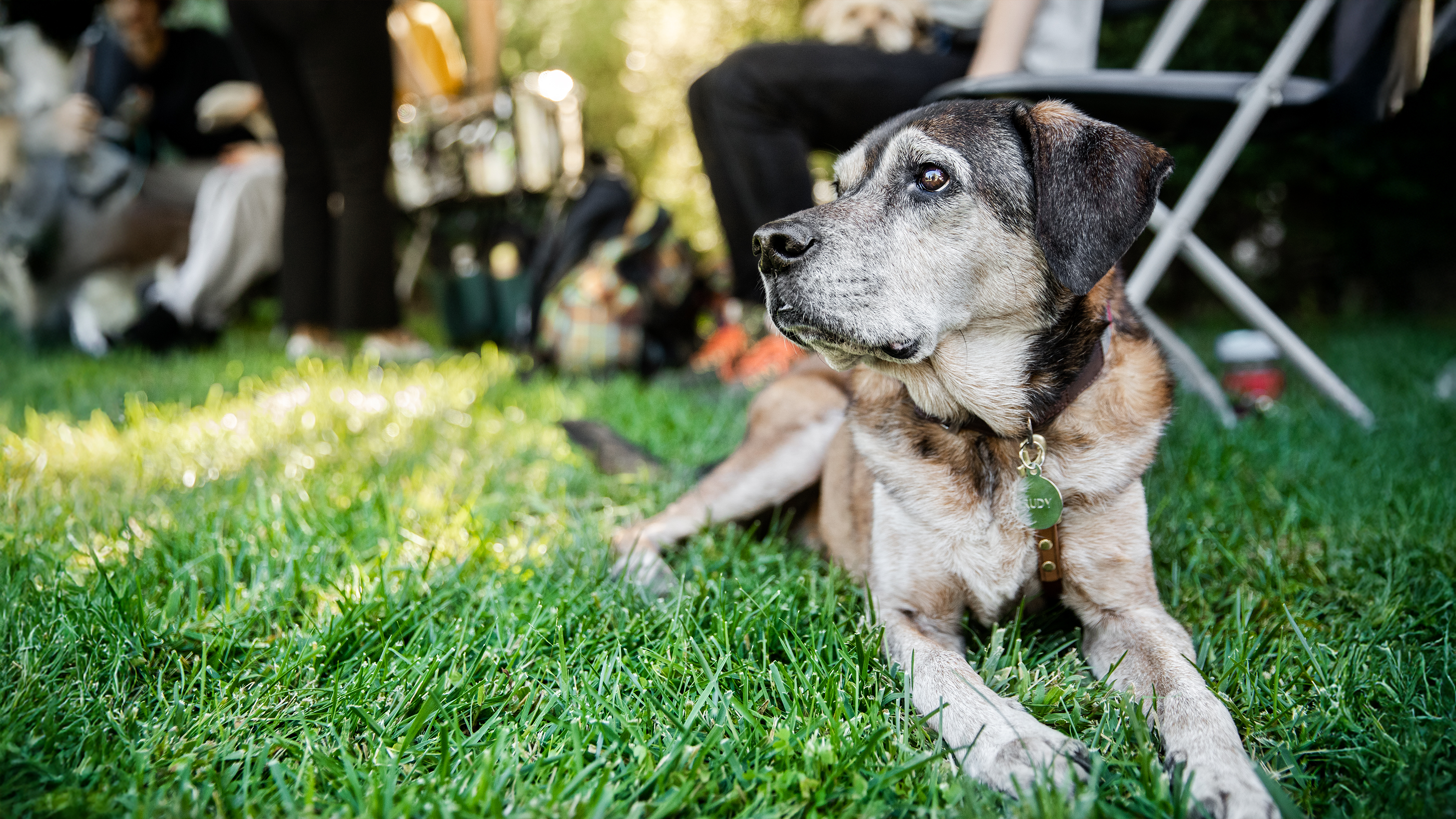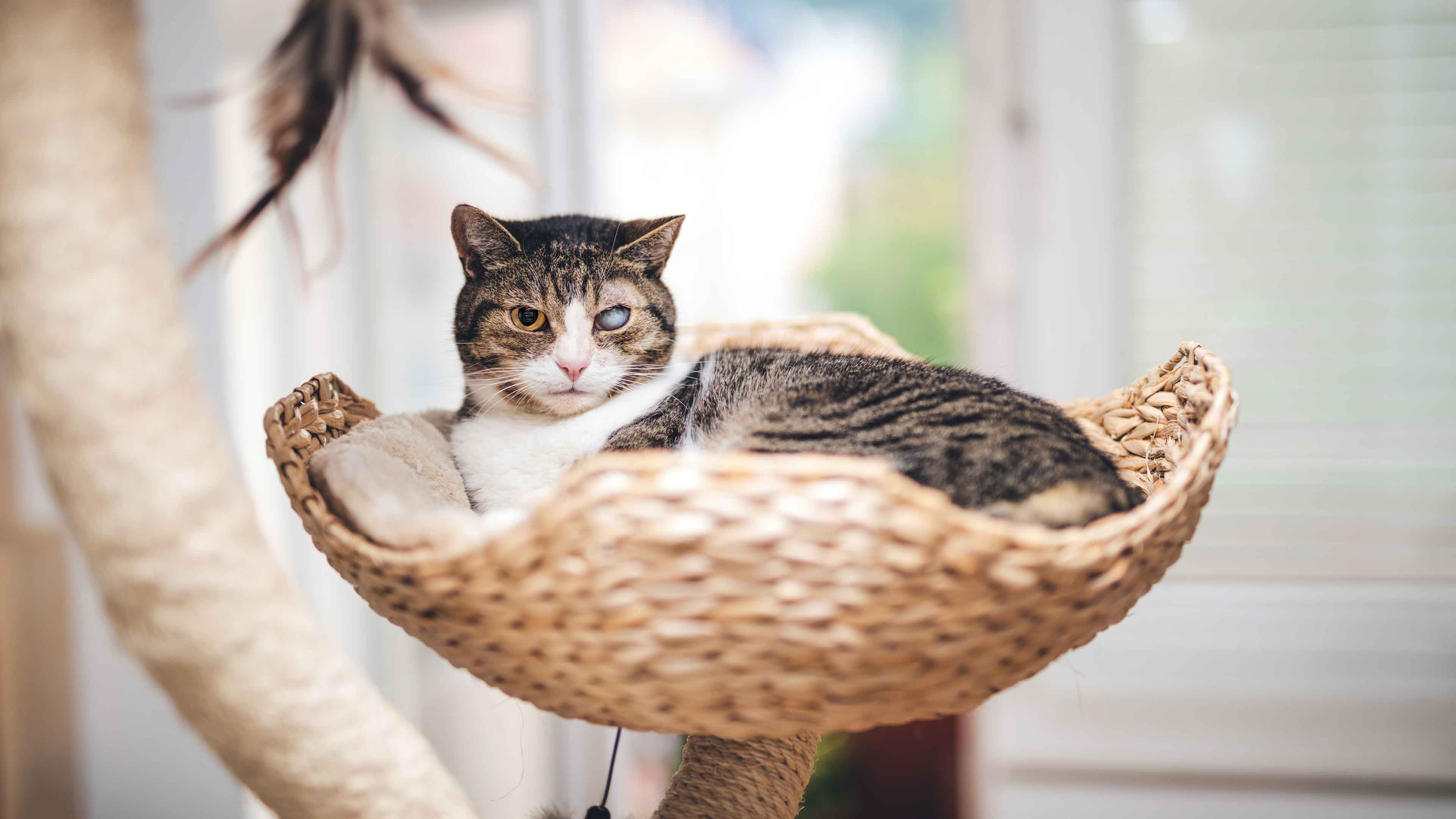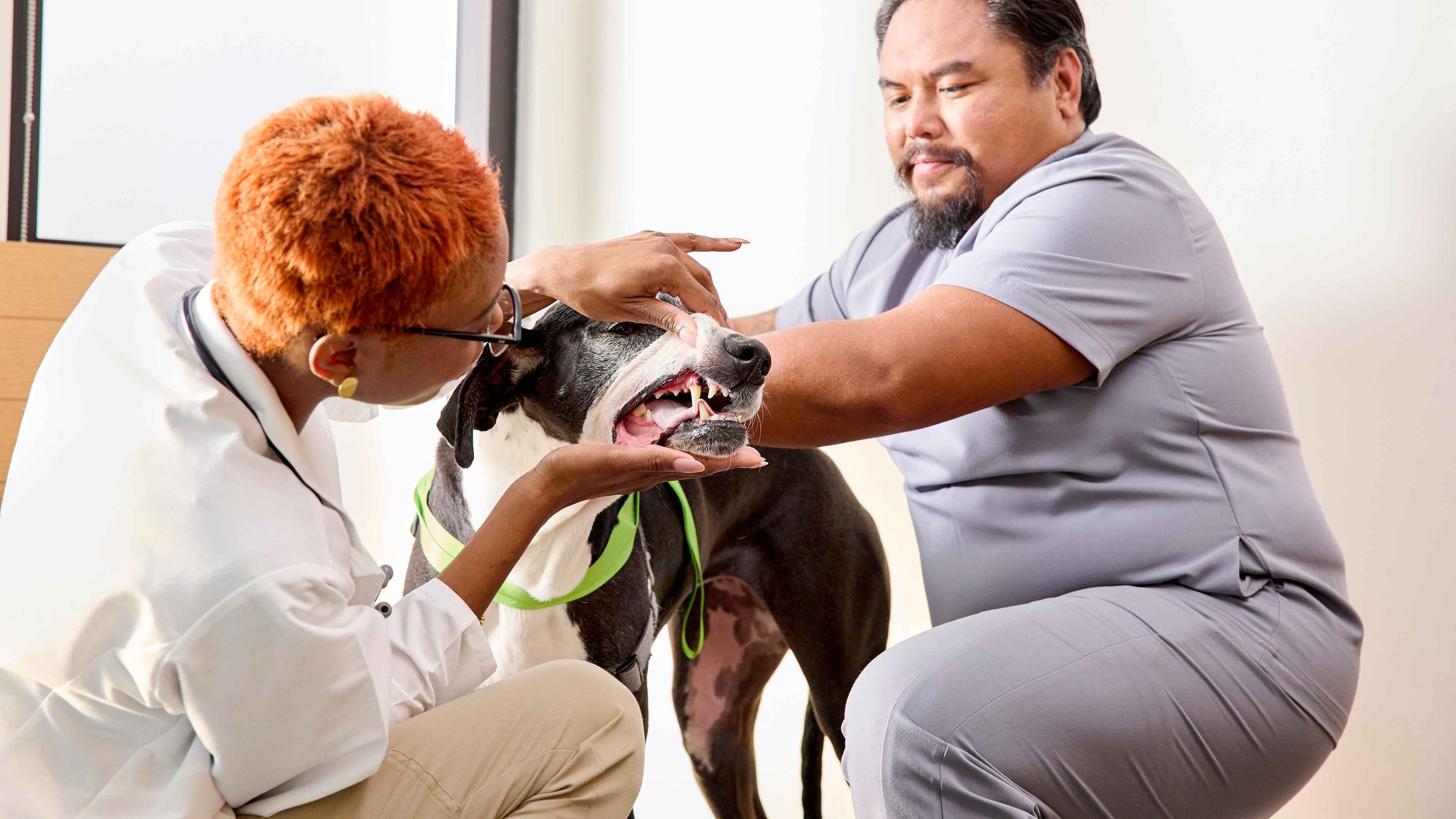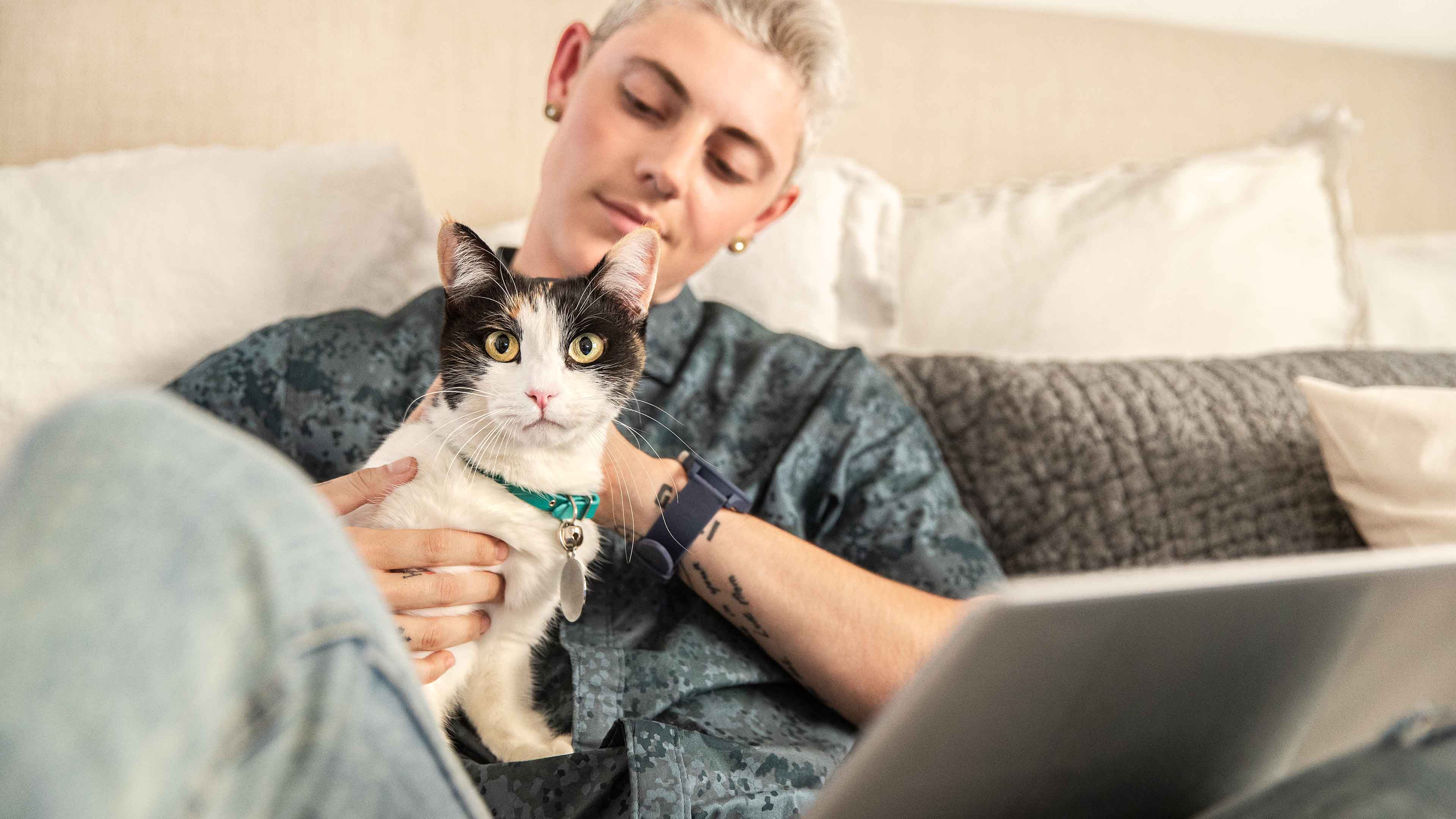pet adoption tips for National Senior Pet Month
We’re also covering adoption fees and offering one free year of Senior Care Optimum Wellness Plans® to 6 senior pets at 5 shelters. Senior pets for the win! (Check out our Instagram for more info.)
If you’re thinking of adopting a golden oldie, we’ve got some helpful info from Banfield’s Chief Medical Officer, Dr. Alea Harrison, on what to consider when adopting and how to care for your new furry BFF.
Adoption tips for senior pets
Before adopting, it’s important to do some preparation to help you determine which type of pet will be right for your home environment and lifestyle.Pets bring joy, companionship, and fulfilment to our lives. They’re also a commitment that needs to be taken responsibly, requiring proper nutrition, lifetime veterinary care, training, exercise, and love.
Discuss these responsibilities with your family, confirm everyone is on board and committed for the long haul, and select a pet together.
Safety proofing
Before your new pet arrives home, do a safety check of your house.
- Securely tape down electrical cords and put high-value, fragile objects away
- Remove or elevate plants and household chemicals
- Fix broken gates and fence gaps
- Put away kids’ toys, especially small pieces
- Place all trash baskets in cabinets or use covered baskets
- Install pet gates as needed
Getting to know each other
The first 24 hours with your new shelter pet may be a bit nerve-racking, but taking things slowly and easing into the process will help you and your pet during this transitional period.
Here are some helpful pointers:
- Let your new pet sniff your hand before you reach out for petting
- Let your new pet come to you when it feels comfortable
- Don't restrain your new pet if they wriggle out of your arms
- Don't let the pet roam unsupervised in the home or yard initially
- Make sure kids in the home know to never pull tails or twist ears
- Take care to not place your pet on a surface that is taller than its own head — pets on tables, chairs, or large pieces of furniture are at risk of falling and getting injured
- If introducing a new pet to another pet in the home, take extra steps to ease them into this new situation
- Make sure the environment is not too loud or busy — playing soothing music can help
Be patient
Things will not be perfect right away. Be prepared for a few accidents in the house. Your new pet may take a few days to get used to the new surroundings.PRO TIP: Pee pads will be lifesavers for pets not yet housebroken or familiar with their new environment.
Prioritize preventive veterinary care
Comprehensive exams are important to help pets live happy, healthy lives. Reach out to your veterinarian to determine the best time to bring your new pet in for an exam.This can include a physical exam, routine blood work, parasite checks, and a discussion about your pet — how it’s doing, whether you’ve noticed any changes, and so on.
Caring for your senior pet
Old age itself isn’t a disease. That said, senior pets are more likely to experience certain health issues. As pets age, they become more vulnerable to chronic conditions like arthritis, kidney disease, heart problems, and cognitive decline.Symptoms may not be immediately apparent, and older pets can experience a more rapid decline. Preventive care — including regular vet checkups, blood work, dental cleanings, and screenings — helps catch these issues early, when they're often easier to manage.
Helping older pets feel more secure and mobile
Stairs and ramps can help senior pets get up and down from furniture more easily, as well as prevent accidents from jumping.If your home is mostly hardwood or tile, it can be helpful to place nonslip surfaces, such as rugs or yoga mats, to provide comfort and traction for pets that have issues with slipping and sliding. Toe grips are also an option for dogs — just slip them over their nails to increase stability and mobility.
For older cats, evaluate the placement and design of their litter box, as they may have a tough time climbing into taller boxes and navigating tighter spaces as they age.
Check out our home care tips for pets with mobility issues.
Keeping older pets mentally stimulated and emotionally engaged
Regular activity and interaction are still important for your senior dog's mental health, even when they slow down or have difficulty walking. Older dogs may become anxious and depressed if they can't be near family members or activities they’re accustomed to. Try to include them as much as possible.
Common signs of anxiety in pets include pacing, destructive behavior, excessive barking, meowing or crying, and peeing or pooping inside the house or outside the litter box. If your pet is showing one or more of these signs, try the following:
- Getting your pet tired before you leave the house can help calm them while you’re away. If it is safe to do, try a long walk or play session. Enrichment activities such as puzzle toys can also help with mental stimulation.
- If you work at a pet-friendly establishment, ask your manager if you can bring your pet to work.
- If you’re going on vacation, consider bringing your little adventure buddy along. Hotels and public transportation are now more pet-friendly than ever.
- If none of these seems to do the trick, talk to your vet. They may have additional tips and/or can prescribe anti-anxiety medicine to help calm your senior.
Important Notice: The information provided on this page is for informational purposes only and is not a substitute for professional veterinary advice. Always consult a veterinarian with any questions regarding your pet's health or medical condition. Never disregard or delay seeking professional veterinary advice based on information from this page.
 Mites and mange
Mites and mange Podcast - Not Just Fluff
Podcast - Not Just Fluff










